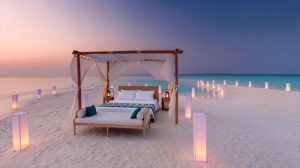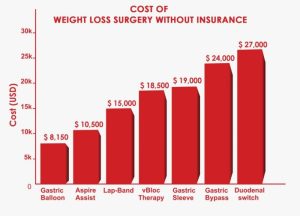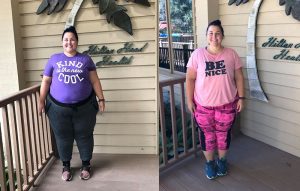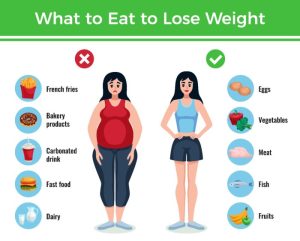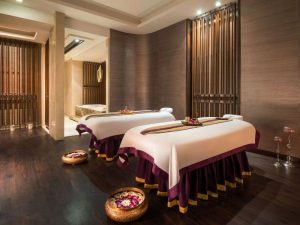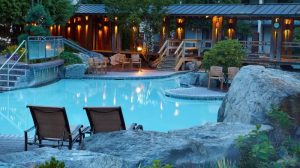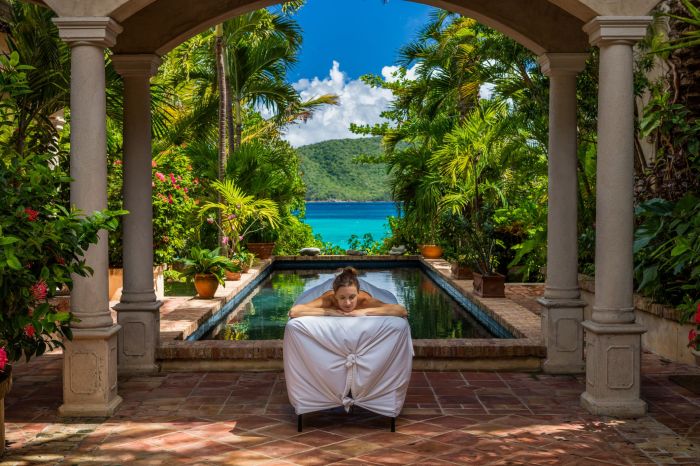
Defining the Target Audience for Wellness Weekend Retreats

Understanding the target audience is crucial for the success of hotel and spa wellness weekend retreats. By identifying the key demographics and psychographics of potential guests, marketers can tailor their offerings and messaging to resonate effectively, leading to higher occupancy rates and increased revenue. This involves a deep dive into who these individuals are, what motivates them, and what they seek from such experiences.Targeting the right audience requires a nuanced approach, going beyond simple age and income brackets to delve into their lifestyle, values, and aspirations.
This section will explore the demographics and psychographics of the ideal customer for wellness weekend retreats, highlighting their specific needs and desires to inform marketing and operational strategies.
Key Demographics of Wellness Retreat Attendees
The primary demographic for wellness weekend retreats is generally affluent, with disposable income to spend on luxury experiences focused on self-care and rejuvenation. While age ranges vary, significant segments include millennials and Gen X individuals (aged 35-55), and increasingly, baby boomers seeking active relaxation and preventative health measures. Gender is relatively balanced, with both men and women actively participating in these retreats.
Location is also a factor; proximity to major metropolitan areas or desirable scenic locations often influences booking decisions. Education levels tend to be higher than average, reflecting a correlation between higher education and a greater appreciation for wellness practices.
Psychographics of the Ideal Wellness Retreat Guest
The typical wellness retreat attendee prioritizes self-care and personal well-being. They value experiences that promote mental clarity, physical health, and emotional balance. Interests often include healthy eating, mindfulness practices (meditation, yoga), fitness activities (hiking, swimming), and opportunities for relaxation and stress reduction. Their lifestyle often incorporates elements of healthy living, but they may also seek respite from demanding careers or busy family lives.
They are driven by a desire for personal growth, improved mental health, and a sense of rejuvenation. Many are also environmentally conscious and prefer sustainable and ethically sourced products and services.
Specific Needs and Desires Regarding Wellness Activities
This audience seeks a variety of wellness activities catering to both physical and mental well-being. Popular choices include yoga and Pilates classes, spa treatments (massages, facials), meditation sessions, healthy meal options (organic, plant-based choices), and opportunities for mindful movement like hiking or nature walks. Some may also be interested in workshops focusing on stress management, emotional intelligence, or specific health concerns like sleep improvement or detoxifying programs.
The overall experience should be relaxing, rejuvenating, and provide a sense of escape from daily stressors.
Buyer Persona: The “Mindful Maverick”
To further illustrate the target audience, consider the “Mindful Maverick,” a 42-year-old female marketing executive earning a six-figure salary. She is highly educated, values sustainability and ethical practices, and prioritizes her physical and mental health. She seeks a weekend escape to de-stress from a demanding career, reconnect with herself, and engage in activities that promote self-improvement. She’s tech-savvy, researches options carefully, and appreciates personalized experiences and high-quality service.
She’s willing to invest in premium wellness experiences that offer tangible benefits and a sense of escape. Her needs include a serene environment, expert instructors, healthy and delicious food, and opportunities for both relaxation and active engagement.
